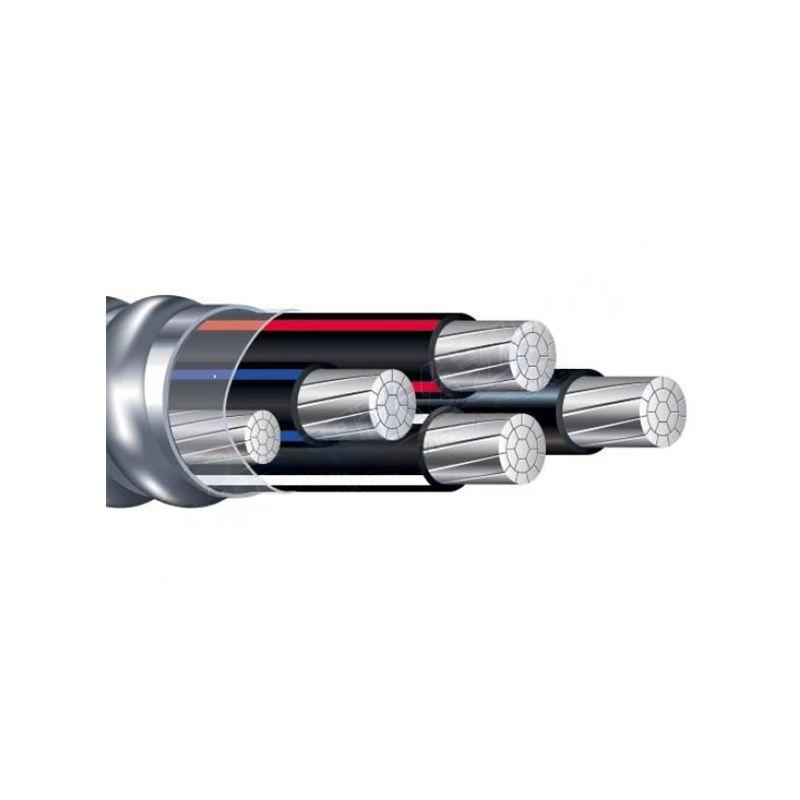9 月 . 09, 2024 22:18 Back to list
flanged butterfly valve
Understanding Flanged Butterfly Valves
Flanged butterfly valves are essential components in various industrial applications, known for their compact design and efficient operation. These valves, characterized by a disc that rotates to control the flow of fluid, are typically employed in systems that involve gases, liquids, and slurries.
The primary feature of flanged butterfly valves is their design, which includes a circular disc that is mounted on a rotating shaft. When the valve is closed, the disc is perpendicular to the flow direction, effectively blocking it. Opening the valve rotates the disc parallel to the flow, allowing liquid or gas to pass through. This mechanism provides a high flow rate and minimal pressure drop, making these valves especially advantageous for systems requiring quick throttling capabilities.
Flanged butterfly valves are distinguished by their flange connections, which allow them to be easily mounted onto pipelines. These flanges create a secure and leak-proof interface between the valve and other system components, making installation straightforward and reducing the risk of leaks. They are available in various materials, including stainless steel, cast iron, and PVC — each suitable for different applications depending on factors like temperature, pressure, and the nature of the fluid being handled.
flanged butterfly valve

One of the main advantages of flanged butterfly valves is their lightweight construction compared to other valve types, such as gate or globe valves
. This feature not only simplifies installation but also reduces the load on the pipeline, thereby enhancing the overall structural integrity of the system. Furthermore, the simplicity of their design leads to lower maintenance costs, making them a cost-effective choice for many industries, including water treatment, chemical processing, and HVAC systems.Additionally, flanged butterfly valves can be operated manually or automatically. Manual operation is typically achieved via a handle or gearbox, while automatic operation can be facilitated using pneumatic, hydraulic, or electric actuators. This versatility allows for integration into sophisticated control systems, enhancing the responsiveness and efficiency of operations.
In conclusion, flanged butterfly valves are vital in modern industrial applications due to their efficient flow control, ease of installation, and cost-effectiveness. Their ability to handle various media under differing conditions makes them a preferred choice among engineers and operators, contributing significantly to the functionality and reliability of fluid handling systems. Investing in high-quality flanged butterfly valves can lead to improved performance and reduced operational costs over time.
Share
-
Understanding the Differences Between Wafer Type Butterfly Valve and Lugged Butterfly ValveNewsOct.25,2024
-
The Efficiency of Wafer Type Butterfly Valve and Lugged Butterfly ValveNewsOct.25,2024
-
The Ultimate Guide to Industrial Swing Check Valve: Performance, Installation, and MaintenanceNewsOct.25,2024
-
Superior Performance with Industrial Swing Check Valve: The Essential Valve for Any SystemNewsOct.25,2024
-
Industrial Swing Check Valve: The Ideal Solution for Flow ControlNewsOct.25,2024
-
You Need to Know About Industrial Swing Check Valve: Functionality, Scope, and PerformanceNewsOct.25,2024